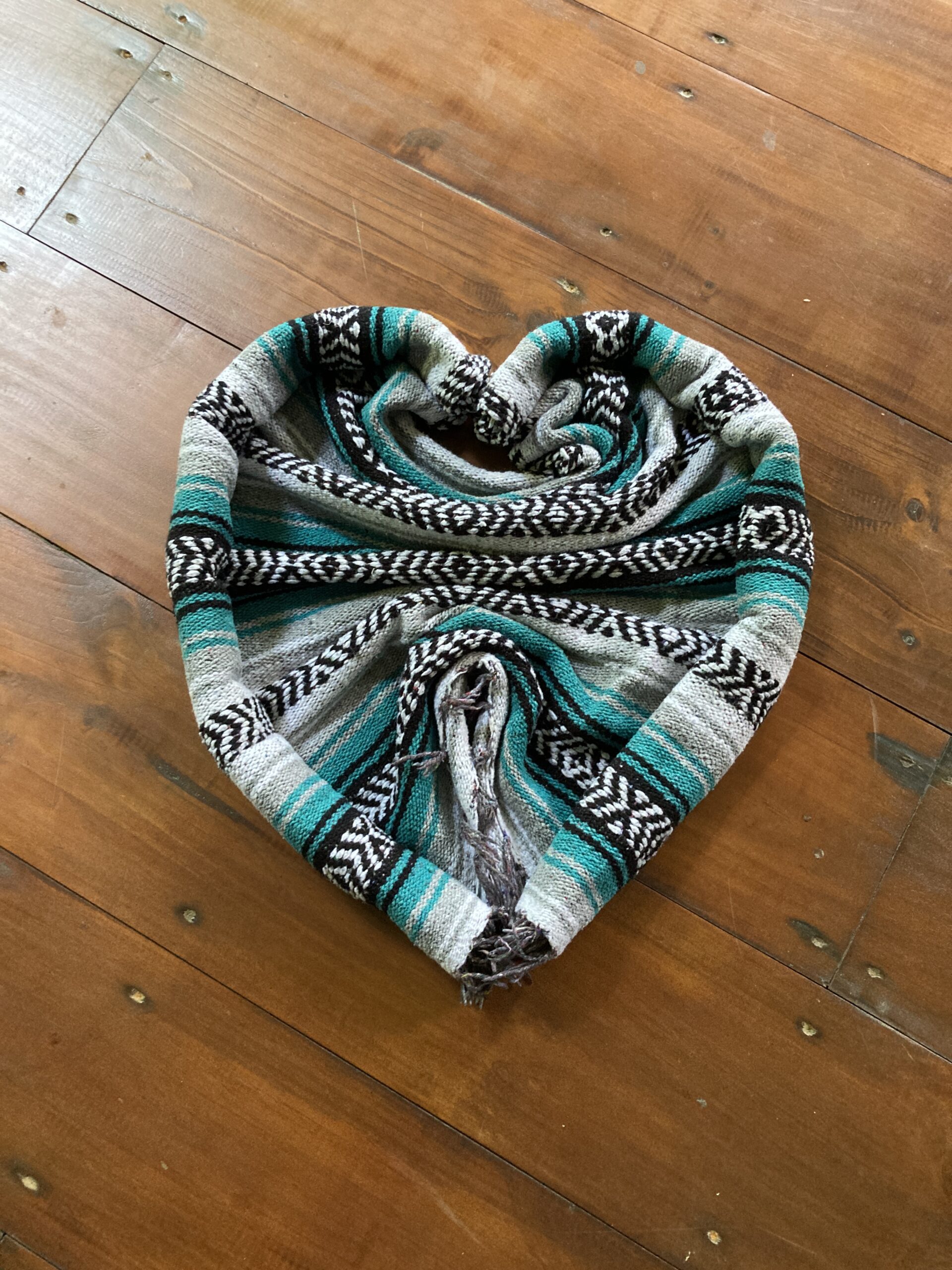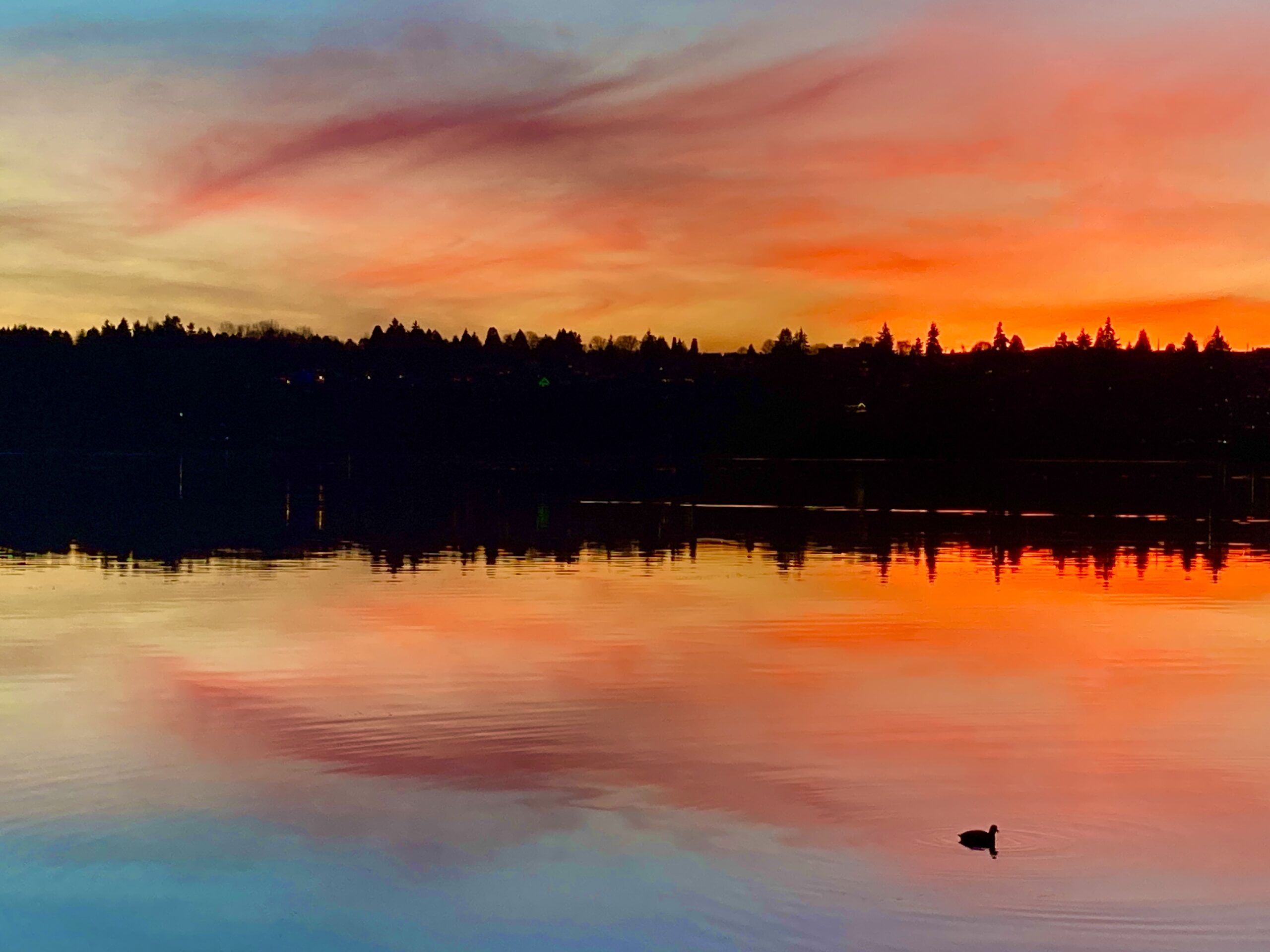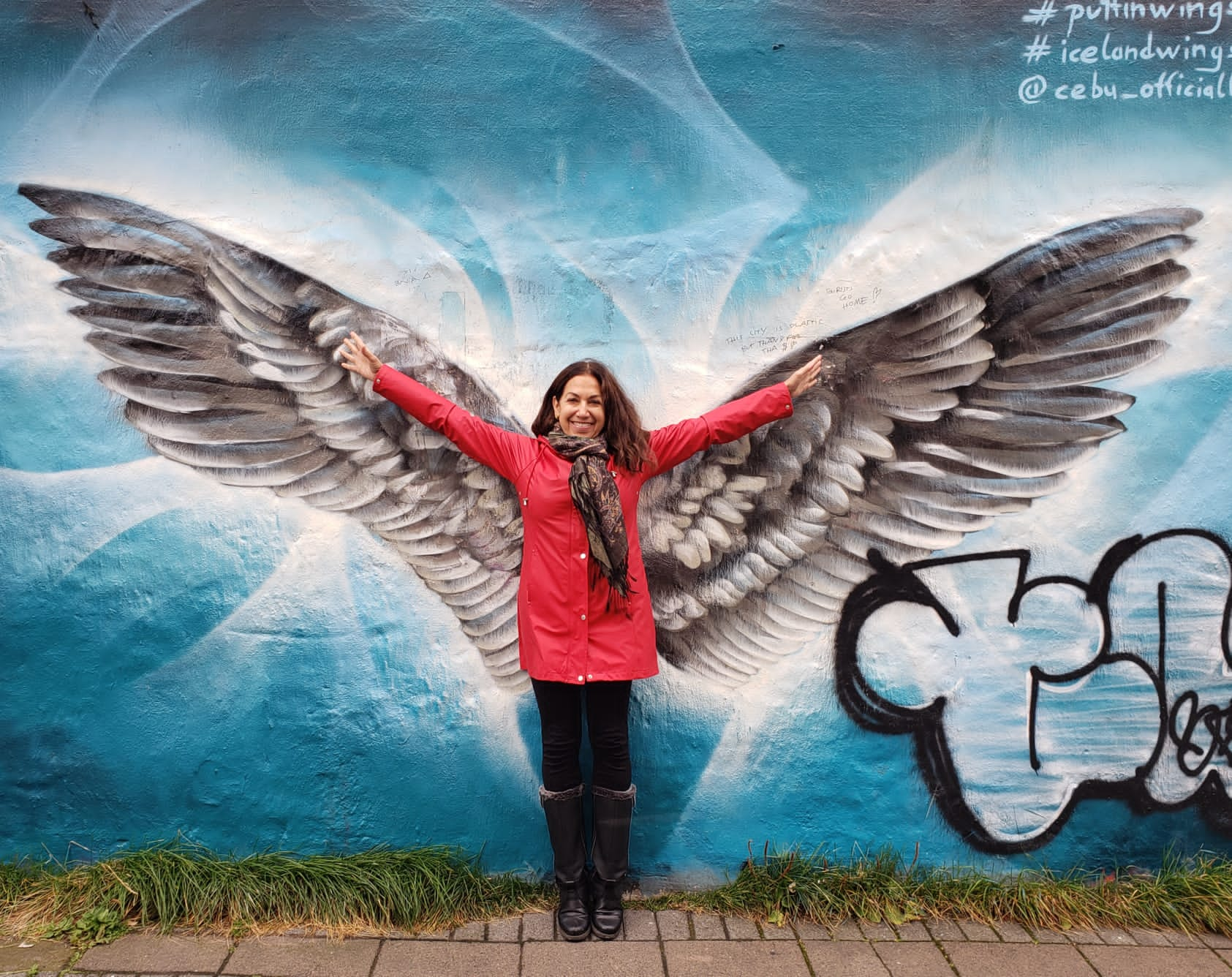I am in Japan! Twenty-eight years ago, I lived and worked in Japan for three years and three months. I left 25 years ago and this is the first time I have come back.
I am overwhelmed by the kindness I experience here. The photos below are from my first two days here. Long-time friend Yoko Kase took two whole days to take Don Bothell and me all over Tokyo to visit her favorite sites.
This first week is a time to reconnect with Japanese friends before the start of our two week tour with daily yoga. Soon my wonderful group will arrive and months and months of planning this trip will come into play. I am so excited to be here and to experience this time in Japan!
Enjoy the photos and comments below!
Jet lag has me waking up at 4am. What on earth do you do at 4am? Coffee shops don’t even open up before 7am here. The throngs of workers are still asleep. Streets are quiet.
Well, at 4am you walk! You walk the empty streets and discover amazing parks.

First, you are befuddled by the hot water pot’s buttons you cannot read! I do know “On” and “Off”, life saving characters!

And sorry if this seems strange to include, but seriously, this is even funnier in the early morning. Remember, you read from right to left in Japan…(“bottom” washer and “bottom” dryer!) Sophisticated toilet!

Signs like this could be discouraging if you speak not one word of Nihongo!

And then you have fun with giant billboards and pretend you can eat the giant sushi within your grasp!

And you discover a Reflexology Park! Painful but energizing!

Step on it!

Here’s the guide.

My toes curled under the intensity!

And we discovered this beautiful statue of a dog and her powerful story. Please read below!
Story of CHIRORI: The First Certified Therapy Dog in Japan
Chirori was abandoned along with her five young offspring and was about to be put down. Somehow, she and her puppies were adopted and given another chance to live. She became a therapy dog. At various medical institutions throughout Japan, she encouraged and supported elderly and disabled people with her gifted charm. She greatly contributed to the social awareness of the power of therapy dogs and was influential in the re-drafting of the Japanese law for the prevention of cruelty to animals. “Nothing but Love to you, Chirori.” -Honorary Doctor of Philosophy in Social Welfare, Toru Oki Ph.D.

Vats of Sake line the trail leading to Meiji Shrine. Emperor Meiji loved sake.

Barrels of wine, gifts to Emperor Meiji from Bourgogne, also line the trail to the shrine. Everyone knew of the emperor’s love of sake and wine!

Yoko shows Don how to purify his hands before approaching the Meiji Shrine

Prayers and Wishes line the walls at the shrine

Shrines are Shinto (not Buddhist) In Shintoism, trees are sacred because they embody the spirit of the gods. There are two camphor trees tied together (this is one of the trees) and they represent a symbol of happy marriage and harmonious life.

Statue of Hachiko at Shibuya Station. If you have not yet seen the movie, it is a must see. People mob the statue of Hachiko and pet him and sometimes they cry!

Shibuya pedestrian crossing

Taro Okamoto 1969 Myth of Tomorrow (artist/muralist) featured in Shibuya Station in Tokyo (for more information visit this link.

Fantastic Exhibit we saw at the Tokyo National Museum in Ueno Park called The Art of Zen from Mind to Form


Meiji Jingu Inner Garden (Gyoen), near Shibuya. 1603-1867
The Gyoen (garden) gave the Emperor Meiji great pleasure because it is so tranquil. He composed a Waka poem to honor it:
Deep in the woodland of Yoyogi, the quietude creates an illusion of seclusion from the city.
Utsusemino Yoyogi no sato wa Shizukanite Miyako no hokano Kokochi koso sure

Above: beautiful joyful light-filled Yoko Kase! Don and I are ever so grateful to her for taking two whole days to show us some of her favorite spots in Tokyo. Thank you, Yoko for showing us around! You represent the beauty and kindness of your country!

Japan: a land of kindness, manners, cleanliness, warm hospitality, formality, organization, order, rules, rich heritage and beautiful cultural arts, great busy-ness… and also a place of tranquil beauty.

Imperial Palace grounds and moat

Entrance to wonderful lunch spot near Ryogoku Station, Hosokawa Restaurant for Soba Noodles. We sat at shared tables and I was so darned nervous (because the all the diners at the table had to sit and watch me eat the soba noodles) that I hardly ate a thing.

The Japan Folk Art Museum (focus on the crafts of Japan). No photos allowed so I begged in my pitiful limited Japanese and was granted TWO photos! They probably felt sorry for me. It is unusual to bend rules. This photo is the more interesting of the two. Museum is near the Komaba Todai-mae Station, two stops from Shibuya.
Kagurazaka-Dori area in Tokyo:

Kagurazaka-Dori is an interesting area in Tokyo, often referred to as Old Tokyo. We walked until our legs ached!

NABE dinner. Wonderful! It is cooked right at the table

Fresh seasonal ingredients about to be cooked at the table. The restaurant is called Torijaya (torijaya.com) in the Kagurazaka area in Tokyo.







You must have dreamed of going back for a longtime. There is something sacred in seeing such a dream come true. Thank you for so generously taking us on this journey with you. Your eyes give see it with such beauty. Zen Art…one of my favorites. SAAM had a big show of these paintings in 1990 and it was one catalog I bought…the BEST! Savor every moment as I know you will 🙂
I knew I would be loving everything you “post”!!! Just beautiful and seing it through your eyes
makes it even more so…..
Thank you Fran for sharing your fall adventure with us. Japan is very beautiful! Enjoying your blog very much. Each new day reveals more interesting places and people. The food looks fantastic, so fresh! (Yum!!). Enjoy your journey.
This looks fabulous, Fran! I just took a Nabe cooking class at PCC but your picture looks so much better! Enjoy!
Thank you Fran,love going on another journey with you! ❤️
Fran,
Great post! Love Japan. Thank you for sharing the journey with us through your gorgeous pictures and personal stories. Enjoy the trip!
Left behind as I was I’m beyond amazement here at the views and colors and sweetness of Japan that I see so clearly now after 25 years!